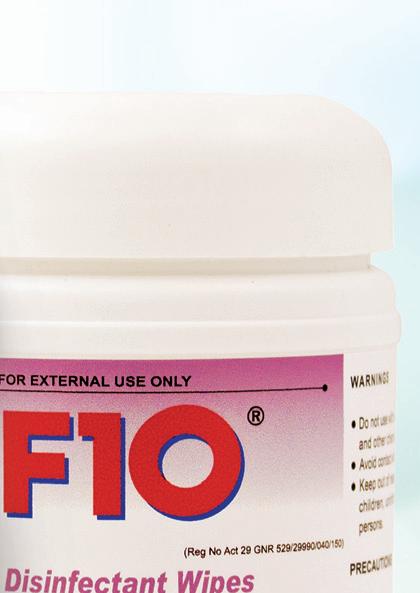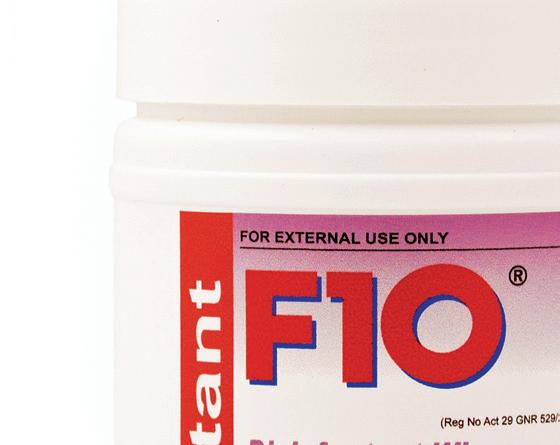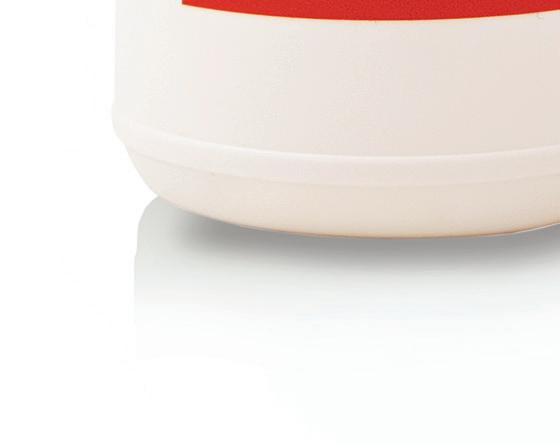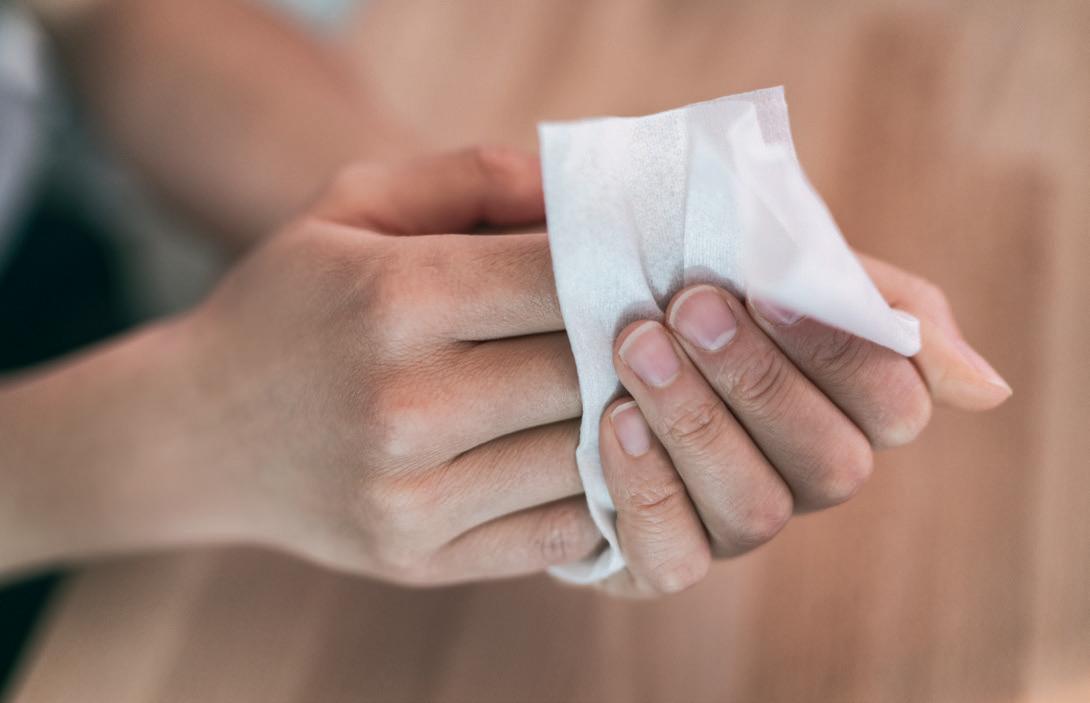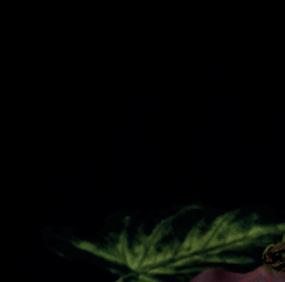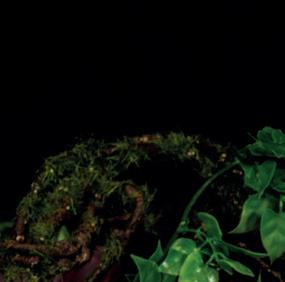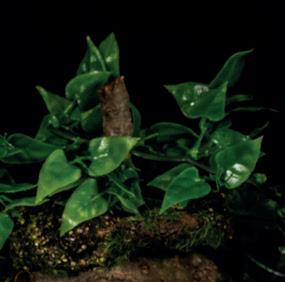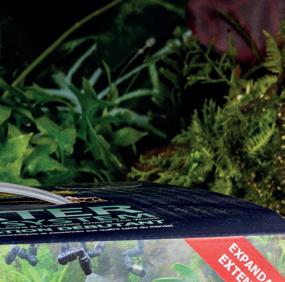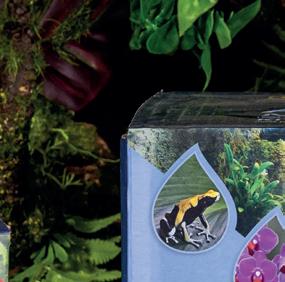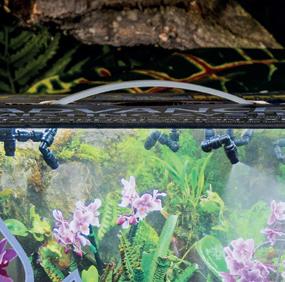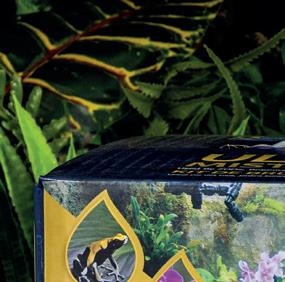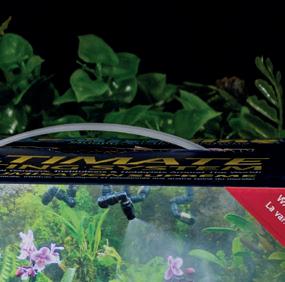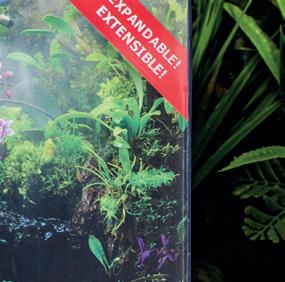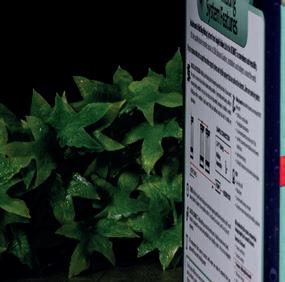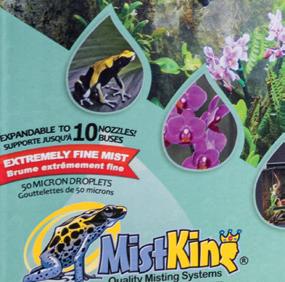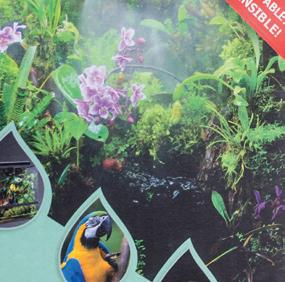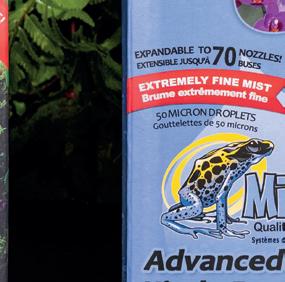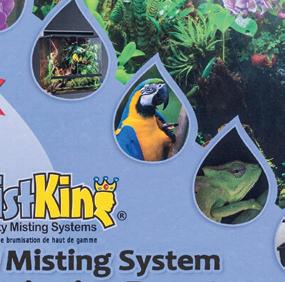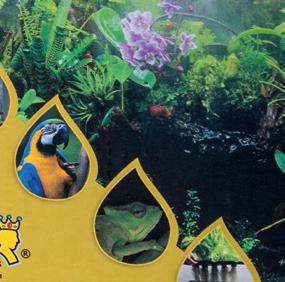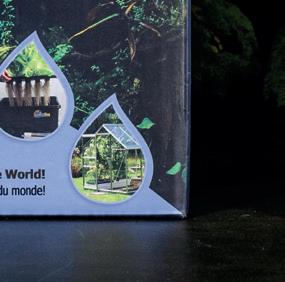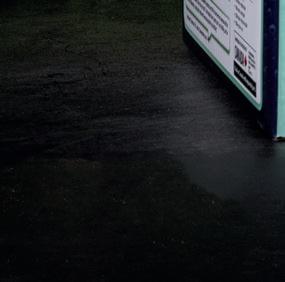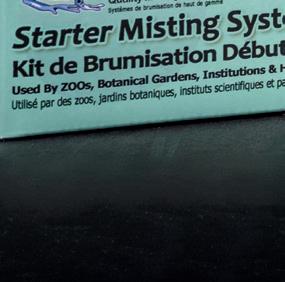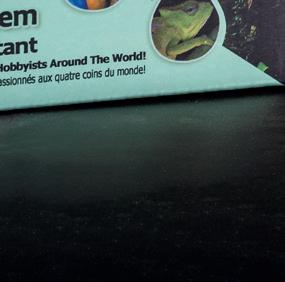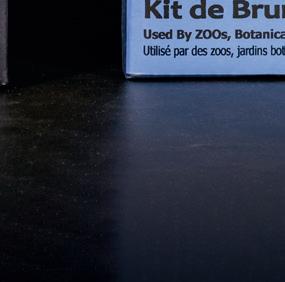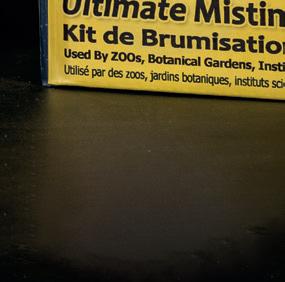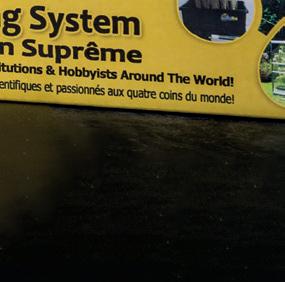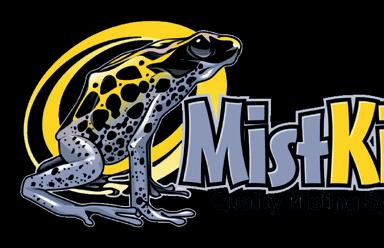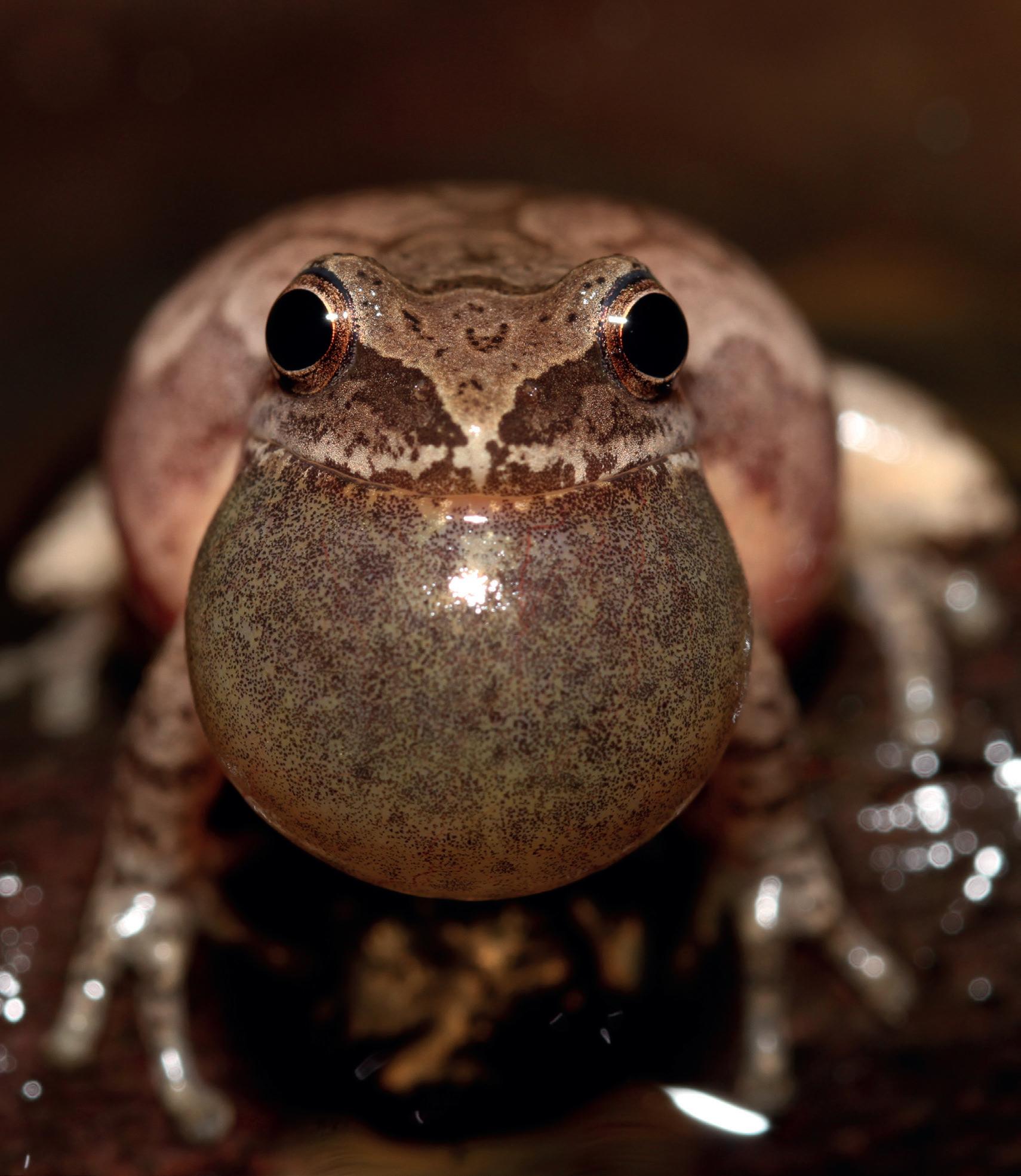
1 minute read
DID YOU KNOW
Some amphibians are capable of surviving temperatures below -50°C leading some speculation that we may one day defrost a salamander from the ice age, even though this is extremely unlikely.
Although there are around 19,000 reptile and amphibian species on the planet, only 5 amphibians and 1 reptile are found within the arctic circle.
Advertisement
Some illusive species, such as mudpuppys (Necturus maculosus) are much more active during the winter months as they move upstream. Because they live in fastmoving water which holds oxygen all year, they are generally protected from the extremes of winter.
Most reptiles will burrow into the ground to avoid the extremities of winter. This has meant different populations of the same species will be more resilient to sub-zero temperatures.
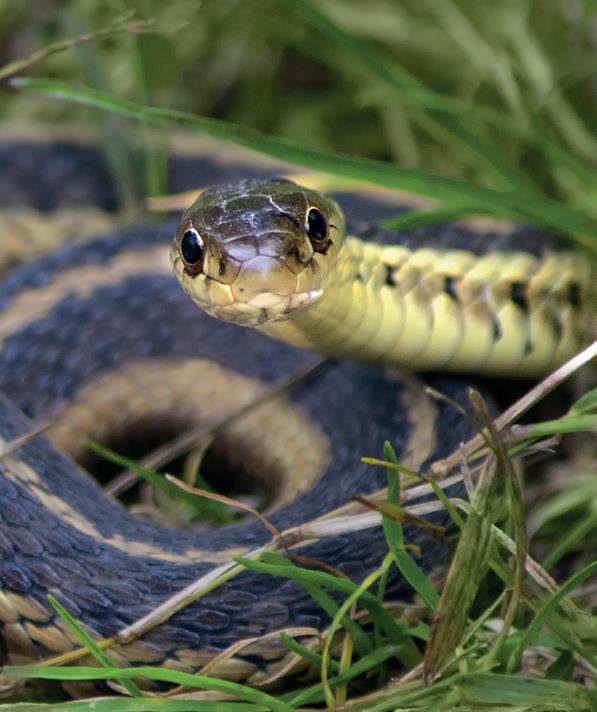
In captivity, providing temperature gradients has been considered the norm for decades now. Over the years heat mats, spot bulbs, projectors and various other products have come and gone, adapted, and developed and today we have a much better understanding of how to heat our reptiles. With many keepers successfully keeping a wealth of species outdoors and even more tropical species in greenhouses, we are beginning to understand the biological requirements and hardiness of captive reptiles.
Providing even more drastic gradients than ever before is starting to become normalised within the hobby and there is plenty of research to suggest this is the way we should be moving forward. Even bearded dragons (Pogona vitticeps) will regularly face temperatures below 10°C, much cooler than most households. This is not to say we should be encouraging extremities, as shielding our animals from the perils of nature is considered the main plus of captive care. We must also recognise that our captivebred animals are reasonably far removed from their wild counterparts. Without further research into the tolerances of our captive-bred bearded dragons, avoiding these natural cycles is probably encouraged. However, we are now equipped to provide a full light spectrum to mimic heat from the sun using products on our shelves. Considering how we can advance husbandry to allow our reptiles and amphibians to have choice over a much greater range of temperatures is certainly something for keepers to consider.





